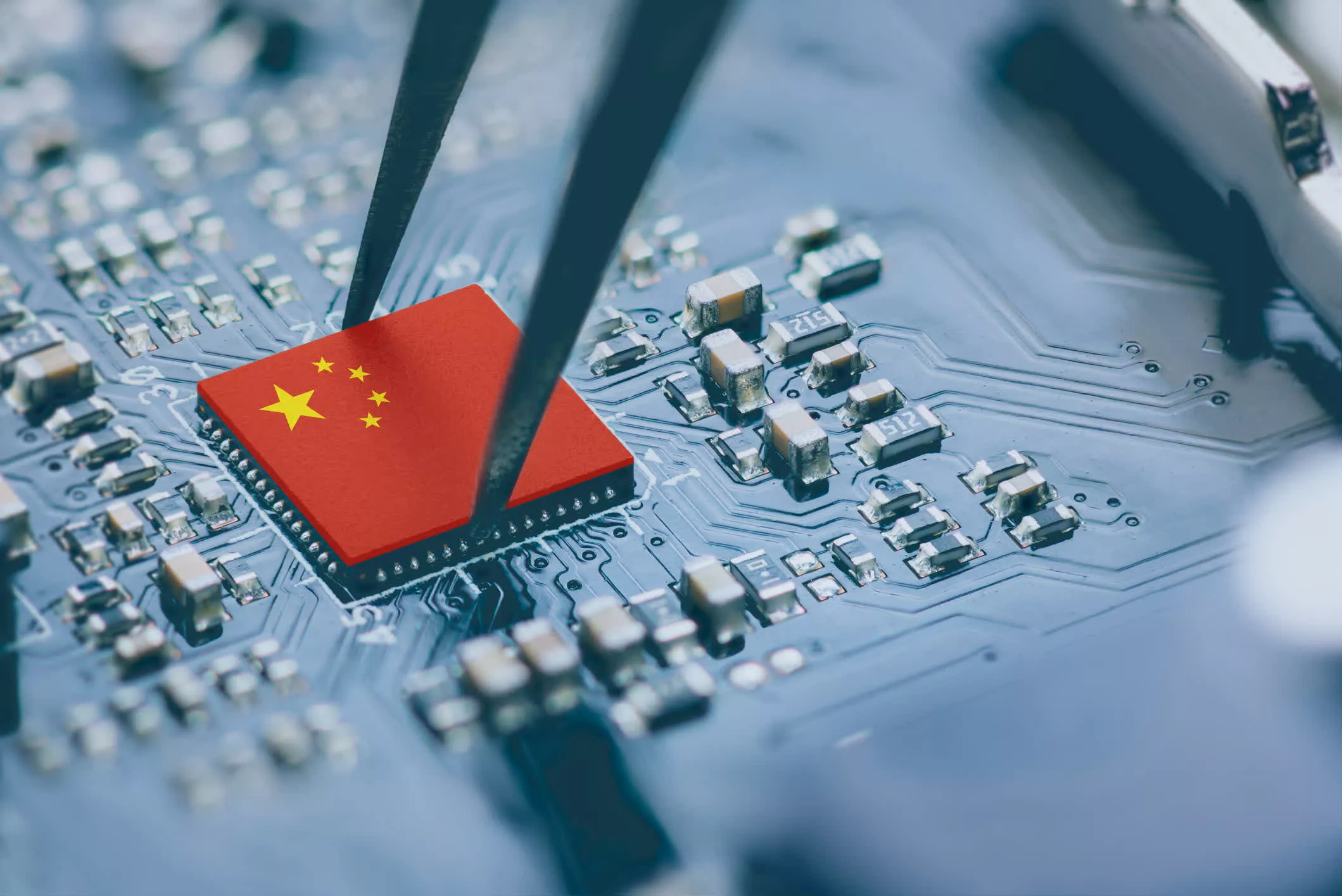matrix is cooked
-
It feels like there could/should be a good modern chat protocol and voice protocol and you just pick which interface you want to use, much like email currently does, except for chatrooms.
Add voice to IRC.


 ️
️ -
I like the concept of delta.chat the most. Anyone here use it? Any reason why it hasn't caught on?
Could it support technical FOSS channels with thousands of participants, like what IRC was awesome for and Matrix seems to be pretty ok at?
For me, the reason why Delta Chat hadn't caught up on me is stickers. There's a sticker picker on desktop, but not on mobile, and its behind more settings. Weird that it doesnt do it like WhatsApp where stickers are added to personal collections (favorites) that only sync between accounts and can be added manually; it's not necessary to make it like Telegram or Signal where you can add a collection from a repository.
For chatting it is really enough. Like email.
-
As long as most rooms of the entire matrix network are replicated on the matrix.org homeserver
Is this a dealbreaker for people though?
There is not much they can do about it short of shutting down the entire server. Due to how matrix functions internally any sufficiently large federated homeserver replicates most of the entire network.
-
It feels like there could/should be a good modern chat protocol and voice protocol and you just pick which interface you want to use, much like email currently does, except for chatrooms.
There is: XMPP

-
I'm not who you replied to, but there is a big stack of ansible playbooks for it that make it pretty pushbutton. They primarily use docker. This is what I used and I got it setup in like an hour.
yeah I did the ansible. You just fill out a config file & point it at any Linux server with python installed and it’ll set things up for you
-
Add voice to IRC.


 ️
️Good idea. That makes me wonder if voice over IRC is a thing. I feel like there might only be four people who know how to use it, but I bet I would enjoy hanging out with those four people.
Edit: Poe's law applies, apparently:
https://github.com/asiekierka/voirc -
XMPP? The clients not supporting things can suck, but it's worked well for me.
That last part is the "problem", I just need something to text and send memes and files, but convincing the people around me to leave animations and stickers behind would be impossible.
-
Fuck... Is there an alternative?
Can't use telegram cus banned, won't use signal because usa and for a while they got very buddy-buddy with the zucc, matrix requires me hosting and it isn't exactly private... So what's left? -
It feels like there could/should be a good modern chat protocol and voice protocol and you just pick which interface you want to use, much like email currently does, except for chatrooms.
There is -- jabber and jingle. And for a ver-ry brief few weeks, Google's jabber/jingle worked openly with Facebook's, and everyone could message each other. And then BOTH arbitrarily broke it with some sparkle-junkie resume-bait software 'up'grade and neither worked with anything else after that.
It was glorious.
-
There is: XMPP

modern
But i also feel like xmpp got feature creeped. Not to long ago, basically every messenger spoke its own subset of xmpp, basically.
-
Fuck... Is there an alternative?
Can't use telegram cus banned, won't use signal because usa and for a while they got very buddy-buddy with the zucc, matrix requires me hosting and it isn't exactly private... So what's left?Honestly, I get why one would be discouraged by signal, but as long as your threat model is not "NSA and mossad have a price on my head", I think it is still the best non-federated alternative. I'd rather take a flawed messenger with well regarded encryption than a beta version that nobody with time and crypto knowledge ever looked at.
-
modern
But i also feel like xmpp got feature creeped. Not to long ago, basically every messenger spoke its own subset of xmpp, basically.
It's not any worse than the differen't feature support levels of different Matrix clients. But especially on Android, XMPP has nice modern clients with all the features you would expect, including a/v calls and reactions/stickers.
The main issue right now are up to date Windows desktop clients, but on Linux desktop there are some good options.
-
Here's Matrix CEOs answer to this article: https://lobste.rs/c/jekh0n -- according to him the article is absurd amounts of FUD
Here's Matrix CEOs answer to this article: https://lobste.rs/c/jekh0n -- good discussion in that thread in general
-
Fuck... Is there an alternative?
Can't use telegram cus banned, won't use signal because usa and for a while they got very buddy-buddy with the zucc, matrix requires me hosting and it isn't exactly private... So what's left?Well... Matrix. I don't think it requires self-hosting? It's E2EE and there are plenty of public servers.
-
Here's Matrix CEOs answer to this article: https://lobste.rs/c/jekh0n -- according to him the article is absurd amounts of FUD
I find it really frustrating that supporters of Open Protocols appear to live in cognitive dissonance of both wanting to be "used by everyone" and "to be a small gated community".
You can't keep money out forever and with that does come influence which I know. But eventually wouldn't you like to talk to your mother on a protocol you trust, with a client she understands?
-
no mention of tox chat, eh? Open source, p2p private chat, what's not to like?
-
I find it really frustrating that supporters of Open Protocols appear to live in cognitive dissonance of both wanting to be "used by everyone" and "to be a small gated community".
You can't keep money out forever and with that does come influence which I know. But eventually wouldn't you like to talk to your mother on a protocol you trust, with a client she understands?
Yeah... well, it seems to me that Matrix is potentially there. I mean I could install Element X on my parents' phones, set it up with some account and be done with it. It would be as good as signal and whatsapp from an UX perspective. And I could then chat with them with any of the existing dozens of Matrix clients.
The worst problem, if you can call it that, currently is that Signal is good enough.
All in all, I think reading through all these messages makes me feel like doubling down on Matrix. It is currently a very passable IRC, Signal and Slack replacement and the only remaining problem is that those things already exist.
(Discord doesn't need replacing, just destroying)
-
Here's Matrix CEOs answer to this article: https://lobste.rs/c/jekh0n -- according to him the article is absurd amounts of FUD
That's like saying POP3 is cooked.
-
How complicated is a federated messenger? Because it feels like matrix is the only one but there's always an issue
Matrix is the best option and we should be focusing on improving it instead of restarting from scratch.
They need more resources and better design, but that comes with time. Don't let them sucker you out of money to fuel their consumerist lifestyles.
-
VC funding destroys everything it touches.
It's fine if matrix.org goes down the shitter.
The protocol is what's important.
-
-
Help us understand the challenges patients face opting out of voluntary uses of their data, or getting access to their records.
Technology 1
1
-
In the Sweltering Southwest, Planting Solar Panels in Farmland Can Help Both Photovoltaics and Crops - Inside Climate News
Technology 1
1
-
-
Same Sea, New Phish: Russian Government-Linked Social Engineering Targets App-Specific Passwords
Technology 1
1
-
-
-




